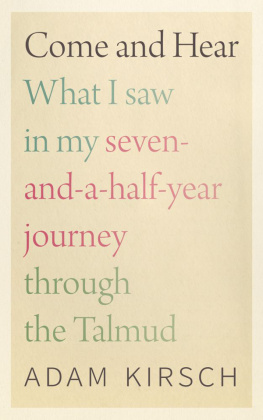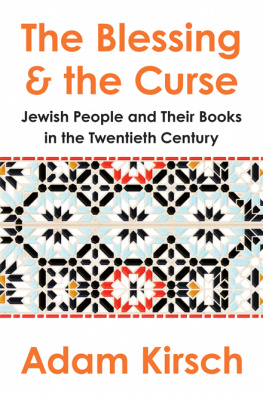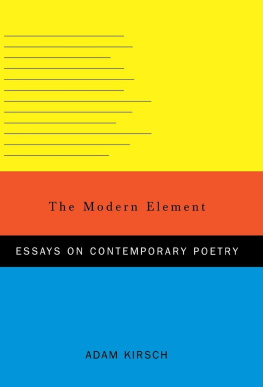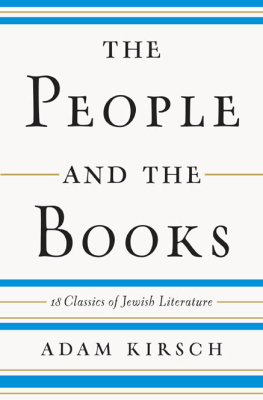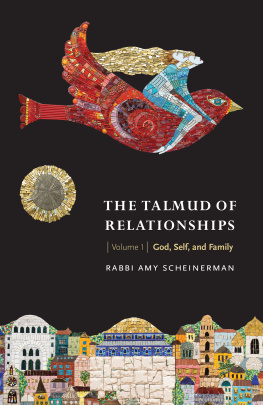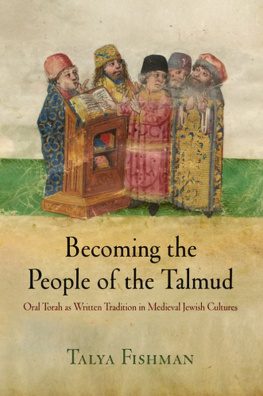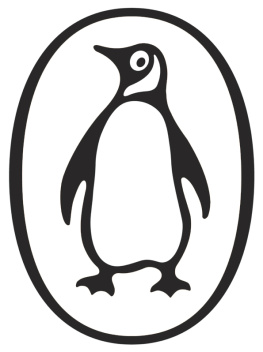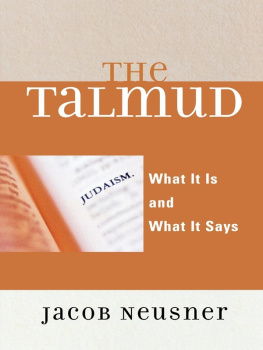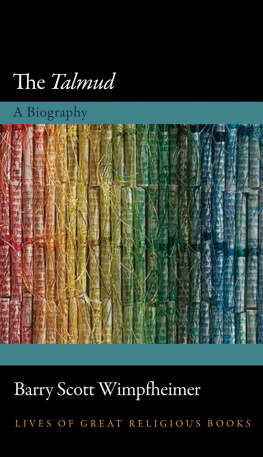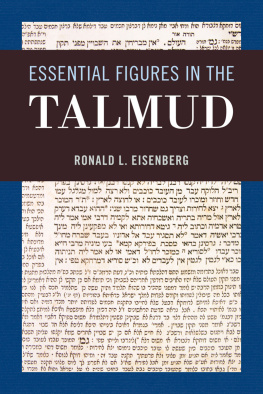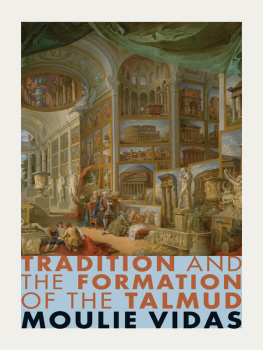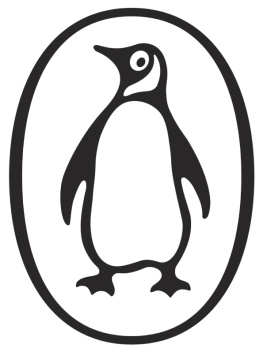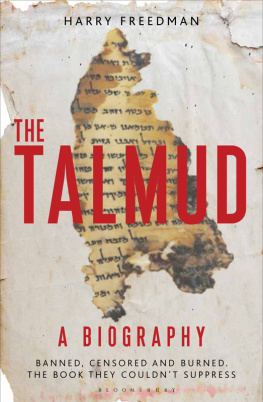Designed and composed in Arno Pro and Source Sans Variable by Mindy Basinger Hill
For permission to reproduce any of the material in this book, contact Brandeis University Press, 415 South Street, Waltham MA 02453, or visit brandeisuniversitypress.com
INTRODUCTION
In August 2012, I read about an extraordinary event that took place at New Jerseys MetLife Stadium. Where crowds usually gather to watch the Jets and Giants play football, some eighty thousand Orthodox Jews filled the seats to celebrate a religious and intellectual milestone. The Siyum HaShas, the completion of the Talmud, marked the conclusion of the cycle of Daf Yomi, daily pagea study program in which Jews around the world read one page of Talmud every day for 2,711 days, about seven and a half years.
I knew about Daf Yomi, but I hadnt realized what a major phenomenon it had become. And the Siyum itself, with its wonderful incongruitya scholarly achievement celebrated like the Super Bowlwas a striking demonstration of the dynamism and possibility of American Jewish life. Where else in Jewish history could so many Jews have come together so openly to celebrate the Talmud? I decided that when the next Siyum rolled around, in January 2020, I wanted to be part of it.
Most people who do Daf Yomi are Orthodox Jews, for whom it is both a learning opportunity and a devotional exercise. I lead a secular life, and my interest in the Talmud had a different source: as a student of Jewish literature and history, I came to realize that I couldnt fully explore these subjects without some knowledge of the Talmud. After all, for 1,500 years the Talmud shaped the way Jews thought and what they thought about. Talmud study was the most prestigious activity in Jewish society, a key to social advancement as well as a rigorous training in how to think, analyze, and argue. It was also reserved for men, as it still is in the ultra-Orthodox world; only in recent decades have other denominations encouraged women to study Talmud.
The amazing continuity of Judaism across time and space is owed in large part to the Talmud. Rabbi Akiva, who was martyred by the Romans in the second century CE, pondered some of the same halakhic issues that occupied Maimonides, who lived in Egypt in the twelfth century. In thetwenty-first century, yeshiva students in Lakewood, New Jersey, are analyzing the very same problems, in part by consulting the words of Akiva and Maimonides.
The difference is that, in American Judaism today, those Talmud students are the exception rather than the rule. For the 90 percent of American Jews who are not Orthodox, the Talmud plays little or no role in their Jewish education. I grew up in a Conservative synagogue and attended many years of Hebrew school, and while I learned a good deal, I never encountered a page of Talmud. In a way this makes sense, because what differentiates Orthodox from non-Orthodox Judaism is their attitudes toward halakha or Jewish law, and the Talmud is the foundation of halakha. Theres not much reason to spend years studying the Talmudic tractates on Shabbat observance or marriage and divorce if you dont believe that these laws are divinely inspired or personally binding.
Im sure that if I had been exposed to Talmud study as a teenager, I would have had no patience for it. But as an adult I was more curious and less defensivefree to learn without feeling obligated to argue. Daf Yomi was a chance to fill the Talmud-sized gap in my understanding of Judaism. As a literary critic, Im accustomed to grappling with difficult texts by writing about them, so I was delighted when the online magazine Tablet agreed to have me write a column about my Daf Yomi experience. I started right away, in the first week of August 2012, and kept writing on an almost weekly basis until the end of the thirteenth Daf Yomi cycle in January 2020.
When I was thinking about embarking on this long journey, I asked a Jewishly learned friend for advice. He said I should go ahead, as long as I kept in mind the difference between what I was doing and actual Talmud study. I knew the differences were profound. Daf Yomi sounds like, and is, a major commitment, but it was invented in 1923 as a popularizing method, a way of making Talmud study accessible to lay people. You can read a page of Talmud in an hour before or after work and get the gist. But yeshiva students pore over the Talmud ten hours a day; great scholars study it their whole lives.
Whats more, I was reading the Talmud in English translation, rather than in the original Hebrew and Aramaic, and I was doing it alone, rather than with a teacher or study partner. Such an undertaking would hardly have been possible even a generation ago. But in the twenty-first century,the appetite for Talmud studyand the need for English-language help, even among religious studentshas grown to the point that there are now two complete English translations of the Babylonian Talmud in print, as well as a free digital version available at Sefaria, the online Jewish library. Since I started Daf Yomi in 2012, there has been an explosion of digital resources for learnerscalendars, summaries, discussion groups, audio and video lectures.
For my study, I used the Noe Edition of the Babylonian Talmud published by Koren, which is based on the modern Hebrew edition of the Talmud by the great Israeli scholar Rabbi Adin Steinsaltz. This version includes the original Hebrew and Aramaic text along with an English translation that clarifies its terse, ambiguous language. It also includes footnotes, diagrams, and illustrations, while omitting the many commentaries that appear on a traditional Talmud page, which turn it into a forum of voices from across the centuries.
Early in the Daf Yomi cycle, I had a chance to study a page with my cousin, who is much more observant than I am. As we read together on a bench in Central Park, it occurred to me that no one in our family had studied Talmud for a least a century, since our great-grandparents came to America. But here we were, taking it up again after what turned out to be a long interruption, rather than a permanent parting. I was learning Talmud in a very different spirit than Jews in the past, or devout Jews today; but I was still learning.
This book is mainly intended for readers who are in a similar position. Ive found that introductory books about the Talmud, some of which Ive benefited from greatly, generally fall into two categories. Academic studies like The Talmud: A Biography

